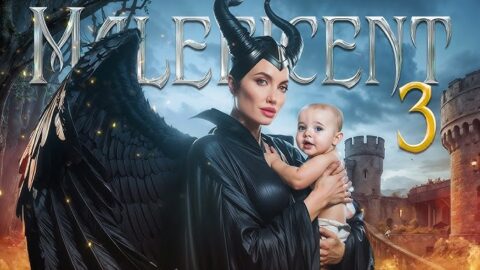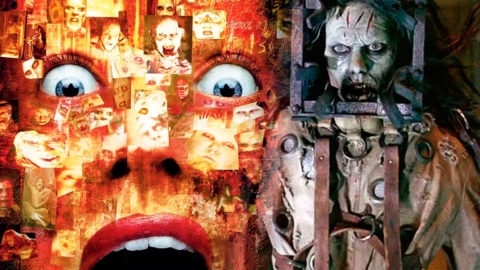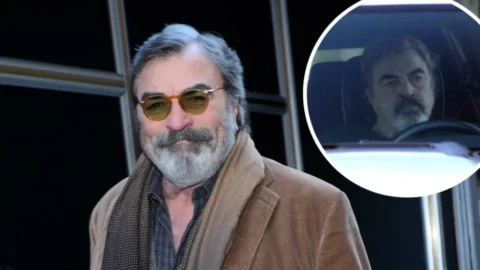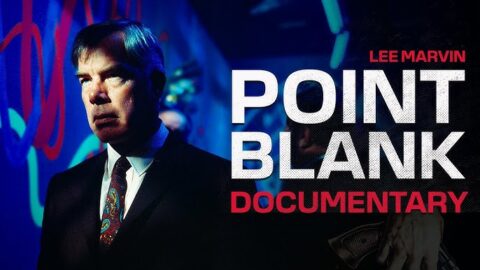Genre: Surreal Drama | Romance | Satire
The Obscure Object of Desire (Cet obscur objet du désir, 1977) is a sly, surreal, and darkly comic final masterpiece from the legendary Spanish director Luis Buñuel—a filmmaker whose name is synonymous with subversion and dreamlike absurdity. Adapted from Pierre Louÿs’ 19th-century novel La Femme et le Pantin (The Woman and the Puppet), Buñuel’s swan song is a brilliant, biting exploration of sexual obsession, power games, and the maddening contradictions of desire.
The film opens with a flourish of classic Buñuel mischief: a well-dressed, aging aristocrat named Mathieu (Fernando Rey) is boarding a train from Seville to Paris when he abruptly dumps a bucket of water on a young woman trying to join him. His fellow passengers stare in shock, prompting Mathieu to explain himself—and so begins a story-within-a-story that unspools like a feverish confession.
Mathieu, cultured and wealthy, recounts his relentless, humiliating pursuit of Conchita, a beautiful Spanish dancer who ensnares him in an endless cycle of seduction and denial. But here’s Buñuel’s famously surreal twist: Conchita is portrayed by two different actresses—Carole Bouquet and Ángela Molina—who alternate scenes without explanation. One is cool, poised, and aloof; the other, earthy, fiery, and flirtatious. Together, they embody the ever-shifting, contradictory nature of the male fantasy: woman as temptress, woman as innocent, woman as muse—always just out of reach.
The plot loops through Mathieu’s growing obsession. Each time he thinks he has finally “won” Conchita, she slips away—closing her bedroom door, changing her mind, reminding him (and us) that desire is never about simple satisfaction. Meanwhile, a backdrop of absurd political violence—a satirical swirl of anarchists, kidnappings, and random bombings—drifts in and out of the narrative like a reminder that passion and chaos are never far apart.
Buñuel’s style here is cool and elegant, punctuated with flashes of surreal imagery and wry social commentary. The shifting actresses force us to confront the film’s central joke: that desire is built on projection, illusion, and frustration. Mathieu doesn’t love Conchita as she is—he loves the enigma she represents, the unreachable “object” that keeps him forever trapped in pursuit.
Underneath the film’s dry humor and erotic teasing lies Buñuel’s lifelong fascination with the absurdity of bourgeois respectability. Mathieu—wealthy, respectable, and utterly enslaved by his lust—stands as a final, delicious parody of the well-to-do men Buñuel skewered throughout his career.
The Obscure Object of Desire closes with a subtle but chilling wink at the futility of it all: as Mathieu’s tale ends, so too does the illusion that any ending—romantic or political—will ever truly resolve human contradiction. Desire remains obscure, elusive, and unstoppable.
Buñuel’s final film is a fitting farewell from cinema’s great surrealist provocateur: clever, playful, subversive, and forever alive with the mystery of what we want—and why we can never quite have it. Decades later, its strange brilliance still lingers like a half-remembered dream.







